Rosarito’s dry promise might finally pour On Friday, August 22, Baja California’s Secretary of Water, Víctor Daniel Amador Barragán, met …
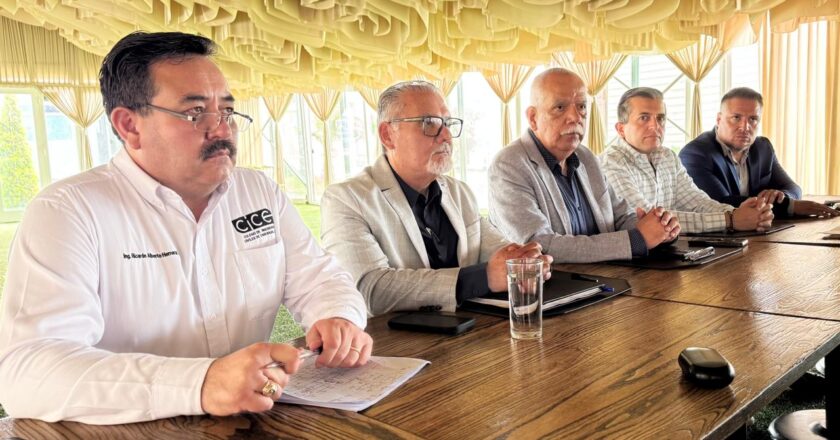

Rosarito’s dry promise might finally pour On Friday, August 22, Baja California’s Secretary of Water, Víctor Daniel Amador Barragán, met …

Beachgoers in Playas de Tijuana got more than just sand in their shoes this week—they got a front-row seat to …
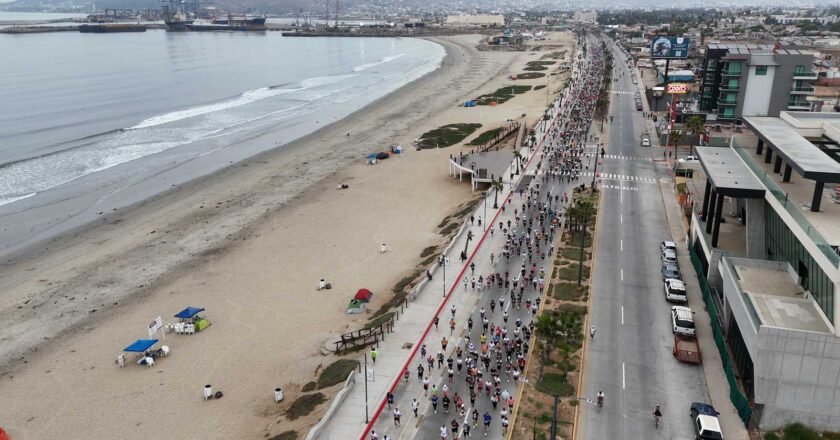
Ensenada doesn’t just make wine and fish tacos. We also know how to host a serious race with a not-so-serious …

More than 4,000 people showed up, and not one of them regretted it. The 33rd Verbena de Santo Tomás wasn’t …
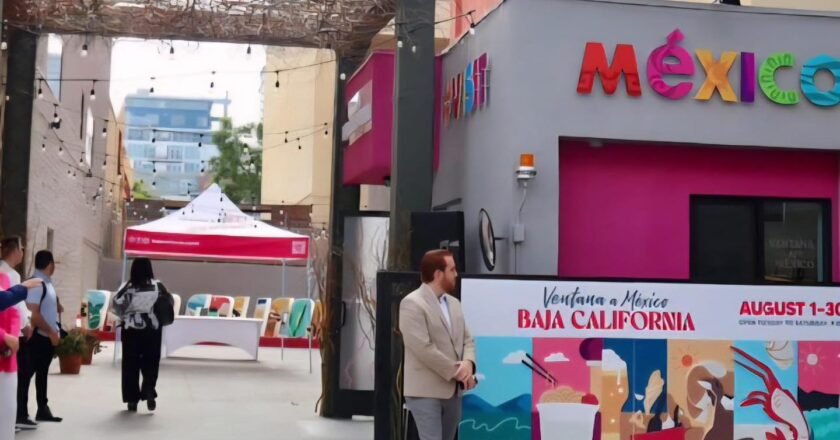
If Baja California wants Californians to cross the border, it’s meeting them halfway—on India Street. This month, the Mexican Consulate …

A Big Win for East Tijuana Tijuana’s East Side just scored a major upgrade: City Express by Marriott El Florido …

Tired of hearing that only influencers can afford to “live their best life”? So is Baja California’s government. In a …
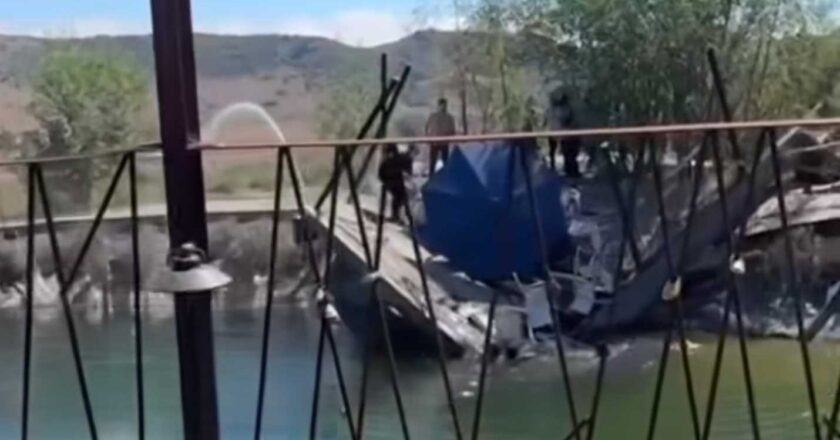
What’s the last thing you expect when you sit down for lunch at a winery restaurant? A sommelier who can …
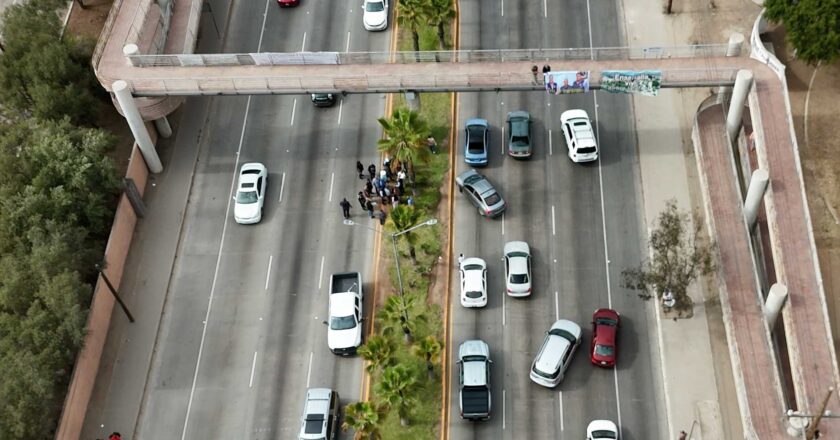
Ensenada, August 15, 2025 — If you’re reading this while stuck in traffic on Avenida Reforma… well, welcome to the …

Let’s Celebrate 30 Years of La Mision Children’s Fund BECA Scholarship Program BY Mary Beth DiCecco, Molly Post with Martina Dobesh …